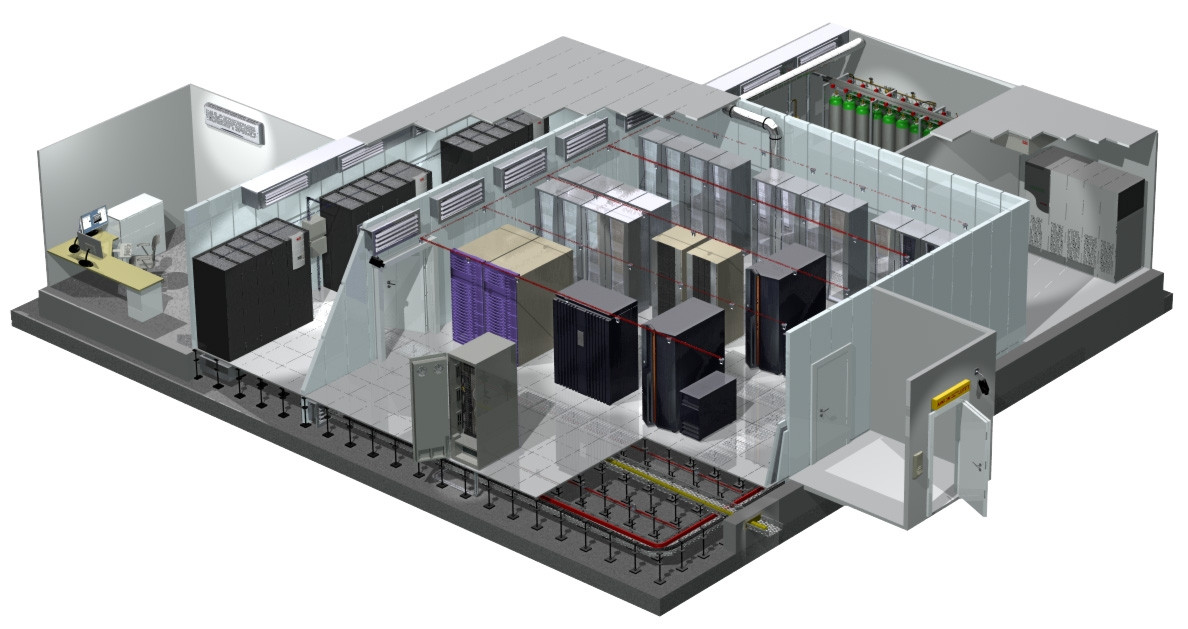Most commercial buildings today integrate a number of different systems, ranging from power distribution
to heating
and cooling to physical security. Perhaps no facility is a better example than the data center. In
addition to maintaining
the type of environment that enables employee productivity, the data center must also enable continuous
(and, preferably, efficient)
operation of sensitive IT equipment and networks. But keeping eyes on all the systems necessary for a
functioning data center is virtually
impossible—unless you go the route of automation using some form of management system.
Building Energy Management Systems (or BEMS) are computer-based systems that help to manage, control and
monitor building technical services
(HVAC, lighting etc.) and the energy consumption of devices used by the building.
Signals Control is ready to help you achieve an optimum data center solution – reliable, efficient, and
cost-effective – for one location or many.
A solution that provides you with the control, flexibility and security you need to manage the growing
volume of data your business requires.


